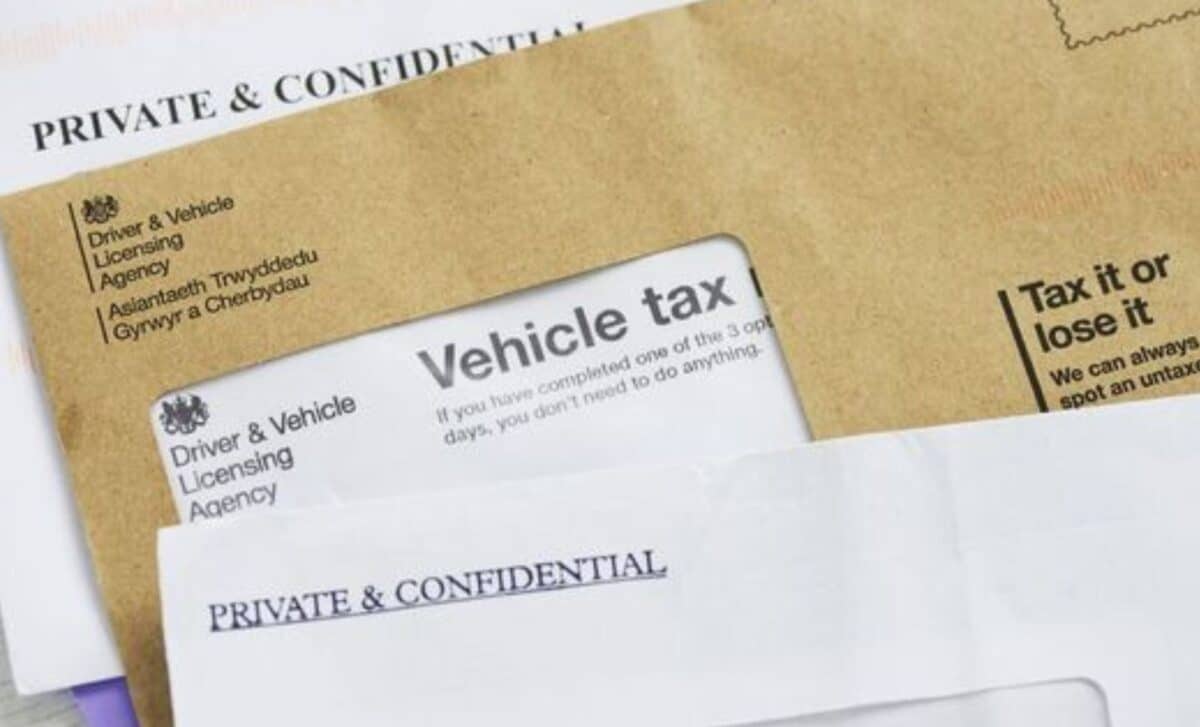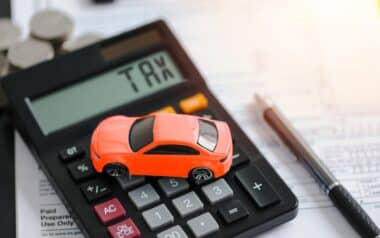From April 2024, new car tax regulations will come into effect, impacting certain vehicles more than others. This change is part of a broader effort to reduce emissions and encourage drivers to switch to greener alternatives. However, for owners of high-emission vehicles, the cost of vehicle excise duty (VED) could double, leading to significantly higher annual bills.
The UK government has been gradually adjusting VED rates to align with its environmental targets. This latest increase means that drivers of certain petrol and diesel cars—particularly those with higher CO₂ emissions—will see their tax bills rise sharply. The changes are designed to make less efficient vehicles more expensive to run, pushing more motorists towards electric or hybrid alternatives.
Who Will Be Affected?
While exact details of which vehicles will face the highest increases are still emerging, drivers of larger petrol and diesel cars, SUVs, and high-performance vehicles are expected to be the most impacted. Historically, the VED system has been structured around a vehicle’s CO₂ emissions, with lower-emission vehicles paying less tax.
In previous years, increases have mainly targeted:
- New petrol and diesel cars with high CO₂ emissions
- Older vehicles that do not meet modern emission standards
- Luxury and high-performance cars in higher tax bands
If you own a car that falls into one of these categories, you may see your annual tax bill double when the new rates take effect.
Why Is Car Tax Increasing?
The government has been gradually increasing vehicle tax over the years as part of its wider strategy to reduce carbon emissions and combat climate change. By making higher-emission vehicles more expensive to tax, policymakers hope to incentivise the switch to electric and low-emission vehicles.
These tax hikes also serve to:
- Encourage the adoption of electric vehicles (EVs) by making petrol and diesel cars less financially attractive.
- Fund road maintenance and infrastructure projects, including the expansion of EV charging networks.
- Support the transition to cleaner transport, in line with the UK’s Net Zero targets.
However, critics argue that these higher costs unfairly burden certain motorists, particularly those who rely on petrol or diesel vehicles for work, long-distance travel, or living in areas where electric vehicle infrastructure is still lacking.
What Can Drivers Do to Prepare?
If you own a high-emission vehicle, there are a few steps you can take to minimise the financial impact of the tax increase:
- Check Your Vehicle’s Tax Band – Review your car’s CO₂ emissions and tax classification to see how much your VED is expected to increase.
- Consider Switching to a Low-Emission Vehicle – Hybrid and fully electric vehicles (EVs) currently benefit from lower tax rates and government incentives.
- Pay Your Car Tax Early – Some motorists choose to renew their vehicle tax before April at the current rates to delay the impact of the hike.
- Look for Tax Exemptions – Some classic cars, low-emission vehicles, and disabled drivers may be eligible for reduced or exempt VED rates.
Will This Affect All Drivers?
Not all motorists will be hit by the tax increase. Drivers of electric vehicles (EVs) and some hybrids will continue to pay little or no VED—at least for now. However, from 2025, electric vehicles will no longer be exempt from vehicle tax, meaning that even EV owners will eventually see increased costs.
For now, the biggest impact will be felt by those driving high-emission petrol and diesel cars, particularly those purchased after April 2017, when higher first-year tax rates were introduced.
How to Manage Rising Vehicle Tax Costs
With car tax rates set to rise in April, many drivers—particularly those with high-emission vehicles—will need to factor in the increased costs when budgeting for vehicle expenses in 2024.
If you are unsure how much extra tax you will need to pay, it is worth checking your vehicle’s emissions rating and considering alternative options to avoid steep increases. While the government’s aim is to push more drivers toward greener transport solutions, these changes will undoubtedly add financial pressure on many motorists in the short term.
For those looking to avoid higher costs, switching to a lower-emission vehicle, paying tax early, or exploring exemptions may be the best way to stay ahead of the April tax hike.









